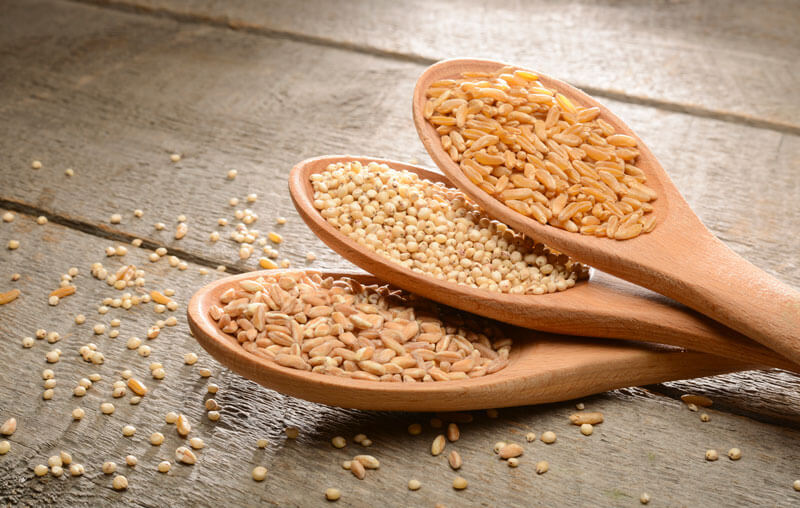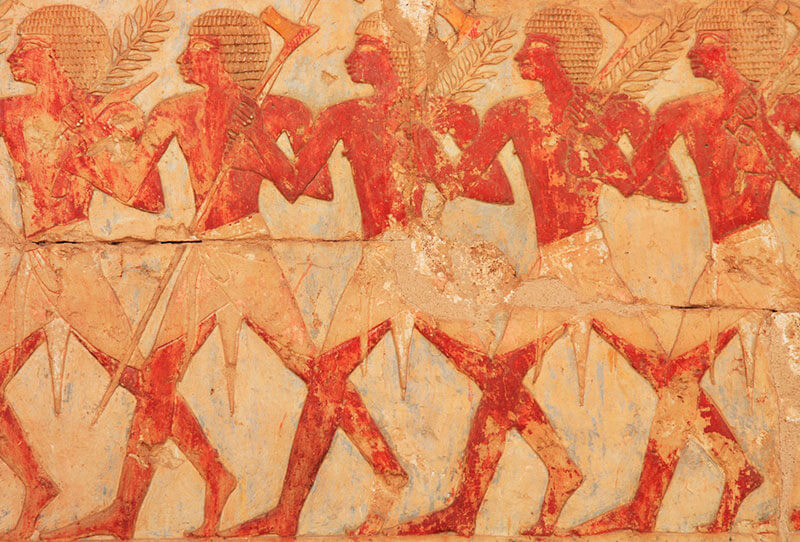Ancient grains, a group of grains with a historical lineage dating back several thousand years, are making a remarkable comeback in today’s culinary and health-conscious world. These grains, cherished for their rich nutritional profiles and distinct flavours, have their roots in ancient civilizations that cultivated them as dietary staples.
Ancient Grain Varieties
Among the most notable ancient grains is Einkorn (Triticum Monococcum), believed to be the oldest wheat variety in existence. It was cultivated in southeastern Turkey around 7500 BC. Another ancient grain, Emmer (Triticum Turgidum Dicoccum), originated in the Middle East and was widely cultivated in ancient Egypt. Kamut (Triticum Turgidum Turanicum) also known as Khorasan, with its large kernels, can be traced back to ancient Egypt as well.
In addition to Einkorn, Emmer, and Kamut, there are other ancient grains worth exploring. Spelt (Triticum Spelta), for instance, was widely grown in Europe since ancient times, while Teff (Eragrostis tef) originated in Ethiopia and remains a staple in the region. Farro, a term often used interchangeably to refer to both Emmer and Spelt, has been cultivated in the Mediterranean region for centuries.

Ancient Grains v Modern Wheats
What sets ancient grains apart from modern wheat varieties is their lack of genetic modification and minimal hybridization. This results in grains that retain their original form and nutritional qualities, offering a host of benefits for health-conscious individuals. Ancient grains are often higher in protein, fibre, vitamins, minerals, and antioxidants compared to modern wheat. They are also typically lower in gluten and easier to digest, making them suitable for individuals with gluten sensitivities.
Ancient Grain Uses
Ancient grains offer a wide variety of culinary possibilities, bringing unique flavours and textures to dishes. They can be used in baked goods, salads, pilafs, and porridges, and much more.
As we seek to reconnect with traditional and natural foods, ancient grains provide a valuable link to our past while highlighting the importance of sustainable and nutritious farming practices. Whether you are a chef looking to experiment with ancient flavours or a health-conscious individual seeking nutrient-dense alternatives, ancient grains are a vital part of a wholesome and balanced diet. Consider incorporating these timeless grains into your meals and experience the historical and nutritional benefits they bring.
